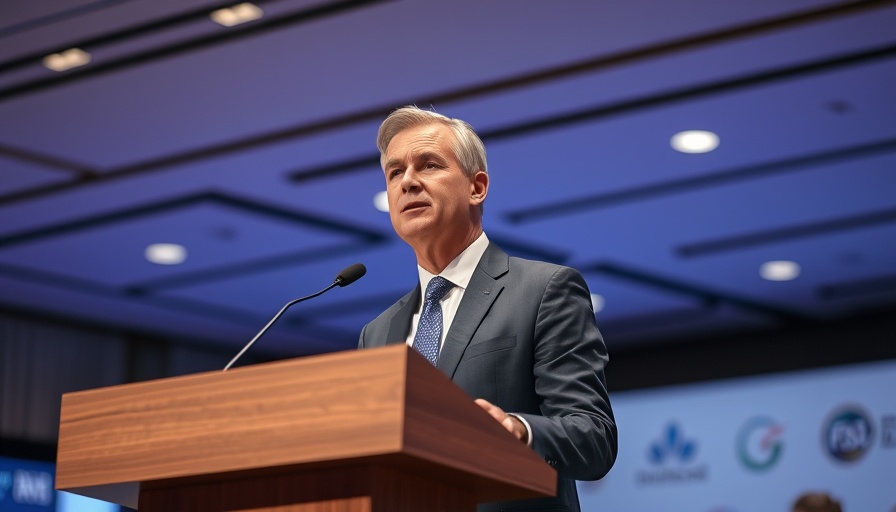
Kenyan Banks Push Back Against Central Bank’s Loan Pricing Proposal
The Kenya Bankers Association (KBA) has publicly rejected a new loan pricing model proposed by the Central Bank of Kenya (CBK), which aims to use the Central Bank Rate (CBR) as a benchmark for setting credit prices, coupled with a lending premium termed ‘K’. This move has raised significant concerns among banking institutions regarding its potential impact on lending and economic health.
Understanding the Proposal and Its Implications
The CBK’s proposal to tie interest rates to the CBR, which aims to enhance the transparency of pricing and protect borrowers, has been criticized by the KBA as a dangerous step back towards regulated interest rates. This comes after Kenya removed such caps in 2019, which were blamed for limiting credit access to small and medium-sized enterprises (SMEs), vital for economic expansion.
Why Banks Prefer Interbank Rates
Instead of the proposed CBR-centric model, Kenyan banks are advocating for the interbank rate as a more flexible and market-sensitive benchmark. The KBA expressed that adopting the CBR alongside a regulated premium may restrict their ability to price borrowers effectively. This poses risks of driving lenders away from higher-risk segments, which could stifle investment and job creation in the country.
Potential Economic Fallout
By reintroducing what some describe as interest rate caps through the back door, there are fears that the new framework could hamper actual borrowing and economic growth. The KBA has made it clear that their commitment to lend KES 150 billion annually to SMEs could be compromised if the proposed pricing model limits their assessment capabilities.
What's Next for Kenyan Banking?
The ongoing dialogue between the KBA and CBK is vital as both sides seek to define a workable approach to credit pricing that supports economic growth while maintaining borrower protections. As Kenya navigates its financial landscape, the discussion underscores the importance of striking a balance between regulatory oversight and market freedom—a conversation that resonates across the continent.
Call to Action
Tech entrepreneurs and investors should keep a close eye on this evolving situation as it could impact the financing landscape for startups and technology innovations across Kenya and beyond. Understanding these dynamics will be crucial for those looking to tap into Africa’s growing fintech and digital transformation sectors.
 Add Row
Add Row  Add
Add 


Write A Comment